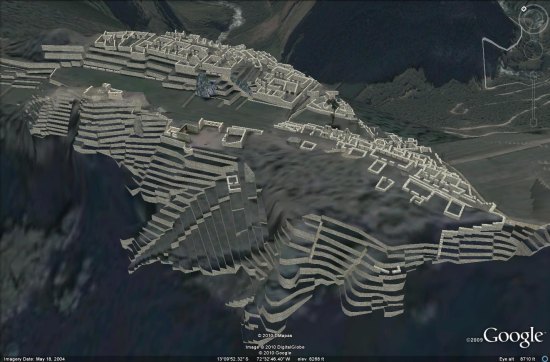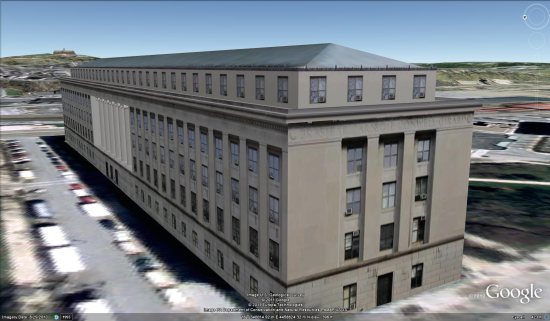This Sunday, July 24, Peru is celerating the 100th anniversary of the Discovery of Machu Picchu, the Inca city declared one of the new seven wonders of the world and a UNESCO World Heritage Site.
The site was beautifully modeled in 3D by Peter Olsen.

To go along with the awesome 3D model, there are a variety of other sites that show off the area in amazing 3D. While this site is in Romanian, you can work your way through it using the arrows at the bottom of the screen and clicking on various parts of the complex.
More impressive is the Quest3D model of the site, though you need to install a special program to make it work which will probably turn quite a few people off.
Ultimately, Peter’s Google Earth model is still the best way to see how amazing Machu Picchu really is. You can fly to it using this KML file![]() , or watch the video below for a quick look at what Peter constructed.
, or watch the video below for a quick look at what Peter constructed.
